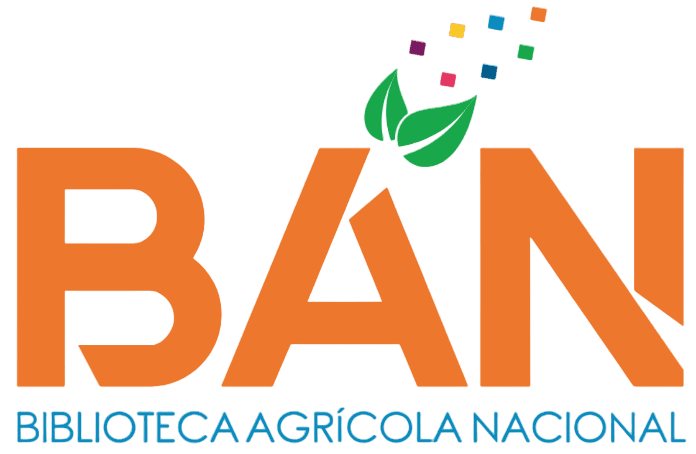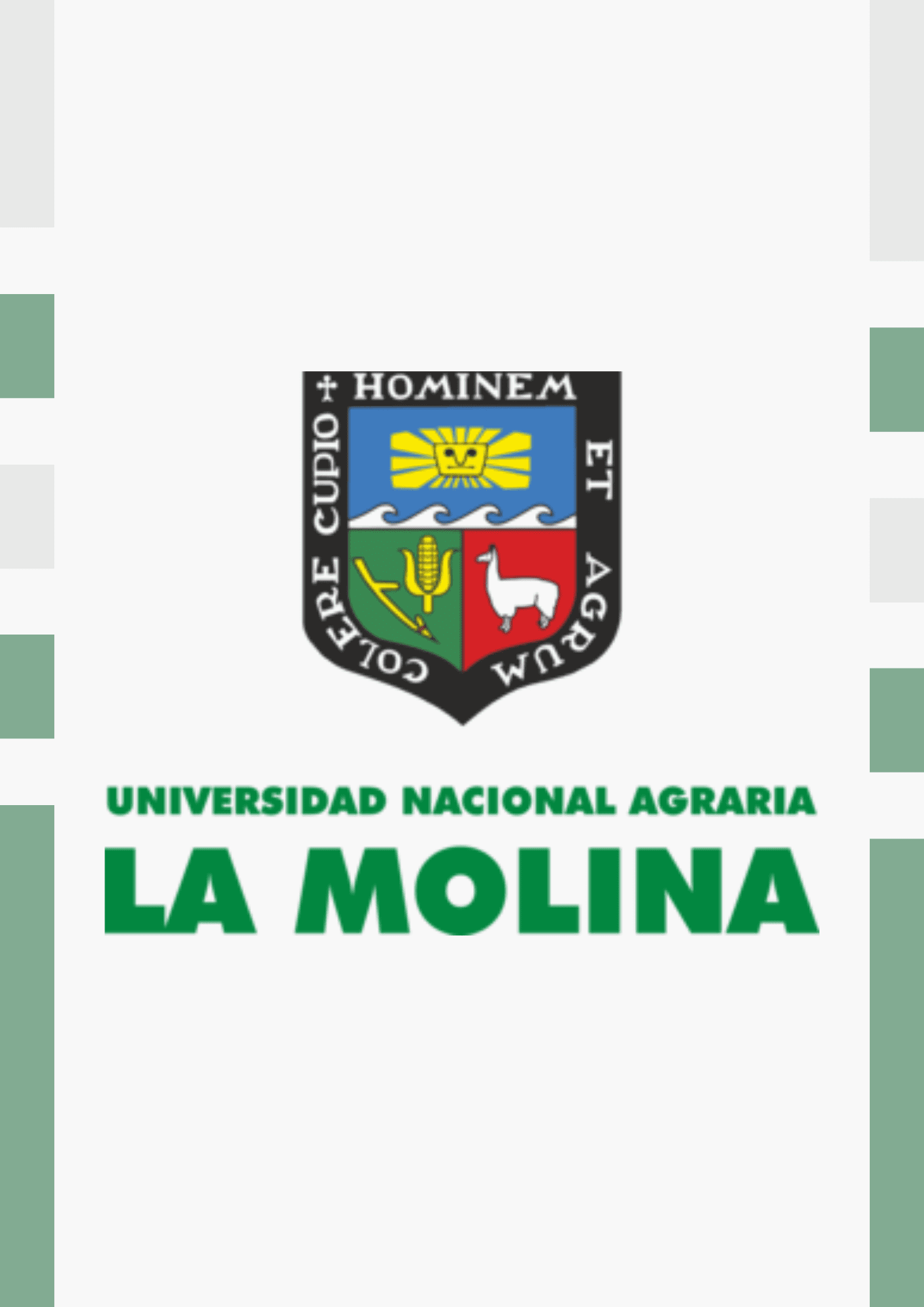Comparación de indicadores autoecológicos en dinámica de crecimiento de Festuca dolichophylla (Presl, 1830) y Festuca humilior (Nees & Meyen, 1841)
| dc.contributor.author | Trillo Zárate, Fritz | |
| dc.contributor.author | Nuñez Delgado, Jimny | |
| dc.contributor.author | Aguirre Terrazas, Lucrecia | |
| dc.contributor.author | Barrantes Campos, Cecilio | |
| dc.contributor.author | Flores Mariazza, Enrique | |
| dc.date.accessioned | 2021-11-08T23:35:46Z | |
| dc.date.available | 2021-11-08T23:35:46Z | |
| dc.date.issued | 2020 | |
| dc.description | Universidad Nacional Agraria La Molina. Escuela de Posgrado. Maestría en Producción Animal | |
| dc.description.abstract | El objetivo del estudio fue comparar el crecimiento, acumulación de biomasa, dinámica de macollamiento y comportamiento hídrico de Festuca dolichophylla (Presl, 1830)(fedo) y Festuca humilior (Nees & Meyen, 1841) (fehu). El estudio se realizó en pajonalede condición buena en la sierra peruana a una altitud de 4186 msnm. Se utilizó un modelo con efectos fijos: especie y mes, y un efecto aleatorio: edad pos-plantación. fedo evidenció mayor altura a la hoja bandera con 29.66±0.56 cm y volumen de mata con 993.88±44.34cm3, en tanto que fehu evidenció una mayor proporción de floración con 35.71±1.84%.Ambas especies tuvieron similar cantidad de macollos basales. En marzo-2016 se evidenció el pico más alto de humedad volumétrica del suelo (20 cm) con 57.37±0.78%, mientras que en setiembre-2016 fue el pico más bajo con 13.86±0.83%. En diciembre-2016 se evidenciaron los picos más altos de transpiración con 92-95 mmol m2- s-1, mientras el pico más bajo fue en julio-2016 con 24-27 mmol m2- s-1. El mayor crecimiento y acumulación de biomasa lo tuvo fedo, posiblemente debido a que su estrategia adaptativa es la ocupación del espacio. La mayor proporción de floración lo tuvo fehu, donde posiblemente la floración persistente sea su estrategia adaptativa. La tasa de transpiración en fedo y fehu fueron similares y menores a otras especies en pajonales semiáridos, demostrando ser más eficientes en la estrategia adaptativa del uso del agua. | |
| dc.description.abstract | The aim of this study was to compare the growth, biomass accumulation, tilleringdynamics and water behavior of Festuca dolichophylla (Presl, 1830) (fedo) and Festucahumilior (Nees y Meyen, 1841) (fehu). The study was carried out in grasslands of goodcondition in the Peruvian highlands at an altitude of 4186 m. The model included speciesand month as fixed effects, and age post-plating as a random effect. fedo evidenced agreater height to the flag leaf with 29.66±0.56 cm and volume of grass with 993.88±44.34cm3, while fehu evidenced a greater proportion of flowering with 35.71±1.84%. Bothspecies had a similar quantity of basal tillers. In March-2016 the highest peak of volumetricsoil moisture (20 cm) with 57.37±0.78% was evidenced, while in September-2016 it was thelowest peak with 13.86±0.83%. In December-2016, the highest transpiration peaks wereevident with 92-95 mmol m2- s-1, while the lowest peak was in July-2016 with 24-27 mmolm2- s-1. fedo had the greatest growth and accumulation of biomass, possibly its adaptivestrategy is space occupation. fehu had the highest flowering rate, where persistentflowering is possibly because its adaptive strategy. The transpiration rate in fedo andfehu was similar and lower than other species in semi-arid grasslands, proving to be moreefficient in the adaptive strategy of water use | |
| dc.format | application/pdf | |
| dc.identifier.citation | Trillo Zárate, F., Nuñez Delgado, J., Aguirre Terrazas, L., Barrantes Campos, C., & Flores Mariazza, E. 2020. Comparación de indicadores autoecológicos en dinámica decrecimiento de Festuca dolichophylla (Presl, 1830) y Festucahumilior (Nees & Meyen, 1841). Rev Inv Vet Perú 2020; 31(3): e18743. http://dx.doi.org/10.15381/rivep.v31i3.18743 | |
| dc.identifier.doi | http://dx.doi.org/10.15381/rivep.v31i3.18743 | |
| dc.identifier.uri | https://hdl.handle.net/20.500.12996/5024 | |
| dc.language.iso | spa | |
| dc.publisher | Universidad Nacional Mayor de San Marcos. Facultad de Medicina Veterinaria. Instituto Veterinario de Investigaciones Tropicales y de Altura | |
| dc.publisher.country | PE | |
| dc.rights | info:eu-repo/semantics/openAccess | |
| dc.source | https://revistasinvestigacion.unmsm.edu.pe/index.php/veterinaria/article/view/18743/15822 | |
| dc.subject | Festuca | |
| dc.subject | Gramíneas forrajeras | |
| dc.subject | Producción vegetal | |
| dc.subject | Crecimiento | |
| dc.subject | Cosecha | |
| dc.subject | Floración | |
| dc.subject | Gramíneas altoandinas | |
| dc.subject | Festuca humilior | |
| dc.subject | Festuca dolichophylla | |
| dc.subject.ocde | https://purl.org/pe-repo/ocde/ford#4.02.01 | |
| dc.title | Comparación de indicadores autoecológicos en dinámica de crecimiento de Festuca dolichophylla (Presl, 1830) y Festuca humilior (Nees & Meyen, 1841) | |
| dc.title.alternative | Comparison of autoecological indicators in growth dynamics of Festucadolichophylla (Presl, 1830) and Festuca humilior (Nees & Meyen, 1841) | |
| dc.type | info:eu-repo/semantics/article | |
| dc.type.version | info:eu-repo/semantics/publishedVersion |


